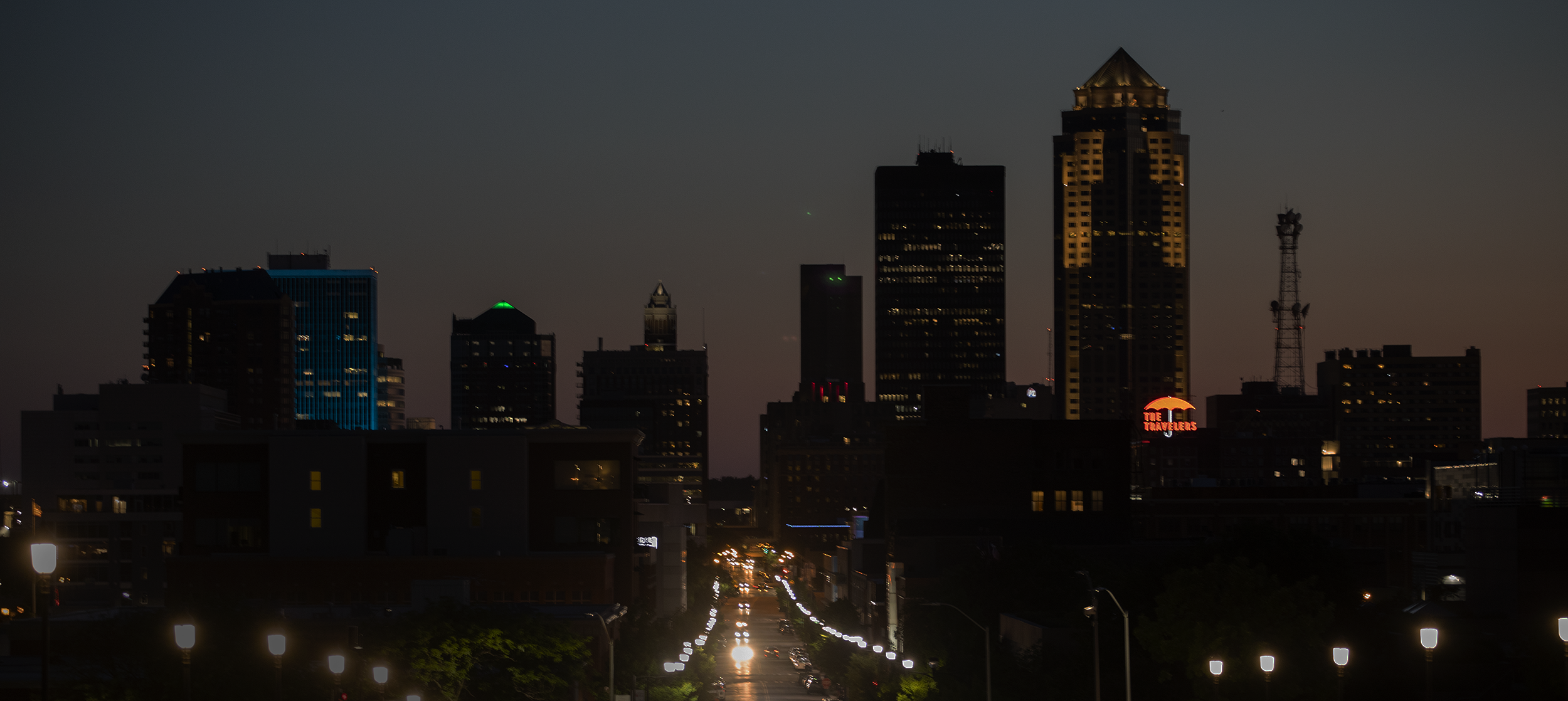United Way of Central Iowa defines poverty as less than 250% of the federal poverty level. Above 250%, families can afford what is necessary to survive in modern society, including rent, utilities, food prepared at home, child care, health care, transportation, clothing, and household essentials. Above this level, individuals can begin to thrive by saving, paying loans, covering education expenses, and affording entertainment or vacation.
Individuals living below 250% of the federal poverty level fall into a range of poverty from extremely poor to poor/low income. The chart below explains this range.
THE WORKING POOR |
|||
EXTREMELY
|
VERY POOR/
|
POOR/
|
SELF
|
|
Struggling or unable to afford basic needs including food, housing, clothing, transportation, healthcare |
Likely employed but income doesn’t cover the basic household needs and often requires public assistance support |
Likely employed, but income does not cover all the basic household needs; public assistance is not available |
Reached economic success; able to afford basic needs, no longer need public assistance or family support |
| Central Iowa Population: 10.4% |
Central Iowa Population: |
Central Iowa Population: |
Central Iowa Population: |
|
Individual Annual Income: |
Individual Annual Income: |
Individual Annual Income: |
Individual Annual Income: |
33% of Central Iowans are Struggling |
|||
The working poor
Most central Iowans living in poverty are employed. They go to work each day, pay taxes, struggle to make ends meet, live paycheck to paycheck, and are one emergency call or flat tire away from a serious financial crisis.
ALICE (Asset-Limited, Income-Constrained, Employed) households fall within the very poor/low income to poor/low income categories. In central Iowa, 25.3% (59,284) of households struggle to afford the basic necessities and live below the ALICE threshold, according to a 2016 United Ways of Iowa report. That is nearly 1 in 4 households in our community.
 Central Iowa is growing
Central Iowa is growing
Since 2011, central Iowa’s population has increased 11.4%, by over 60,000 people. Central Iowa is also home to an increasingly diverse population, as seen in the graph.
Poverty and disparity in central Iowa
African Americans and Africans comprise 3.4% of Iowa’s population, 6.7% of Polk County’s population, and nearly 11% of the city of Des Moines’ population.
182,606 people of Latino origin live in Iowa, making up Iowa’s largest race or ethnic minority. The Latino population has grown 121.4%, or by 100,133 individuals, over the past decade. Latinos make up 5.8% of Iowa’s population today and are expected to make up 12.8% of Iowa’s population by 2050, with a population growth of 439,414 individuals.
OpportUNITY’s goal is to reduce poverty for everyone. To get there, we must consider disparities among demographic groups and address those differences to improve living conditions for all central Iowans. As the population of central Iowa changes and some groups continue to grow, we must recognize disparities and strive for self-sufficiency for all groups.
Progress
Since last year 13,810 more people are financially self-sufficient. In the previous year, 11,003 more people were financially self-sufficient from the year before.
The 2-year total is 24,813 more central Iowans who are financially self-sufficient.
Disparity by age
While the number of children and working-age people living in poverty decreased in 2017, the number of seniors living in poverty increased.
- 20,964 children under 18 years old lived below 100% of poverty in 2017. 1,952 fewer children lived below 100% of poverty, a change from 15.7% of this population to 13.9%.
- Nearly 3,000 fewer working-age people, ages 18-64, were living below 100% poverty in 2017, a change from 10.7% in 2017 to 9.6%.
- 667 more seniors (ages 65 and older) were living below 100% of poverty in 2017, 6.9% of the population.


 Today, 33 out of 100 people are not financially self-sufficient in Polk, Warren, and Dallas Counties.
Today, 33 out of 100 people are not financially self-sufficient in Polk, Warren, and Dallas Counties.%20-%20No%20Tagline.png?width=180&name=211%20Logo%20-%20color%20(white%20bubble)%20-%20No%20Tagline.png)

